The Department of Homeland Security (DHS) Science and Technology Directorate (S&T) helps the nation prepare for and respond to critical incidents, such as active shooters and terrorist attacks, by improving capabilities during all stages of response. S&T’s technology and knowledge solutions are available for use by DHS components, first responder agencies, emergency management and other leaders and decision makers. Watch our video on critical incidents and read below to learn more about the technologies and capabilities we deliver!
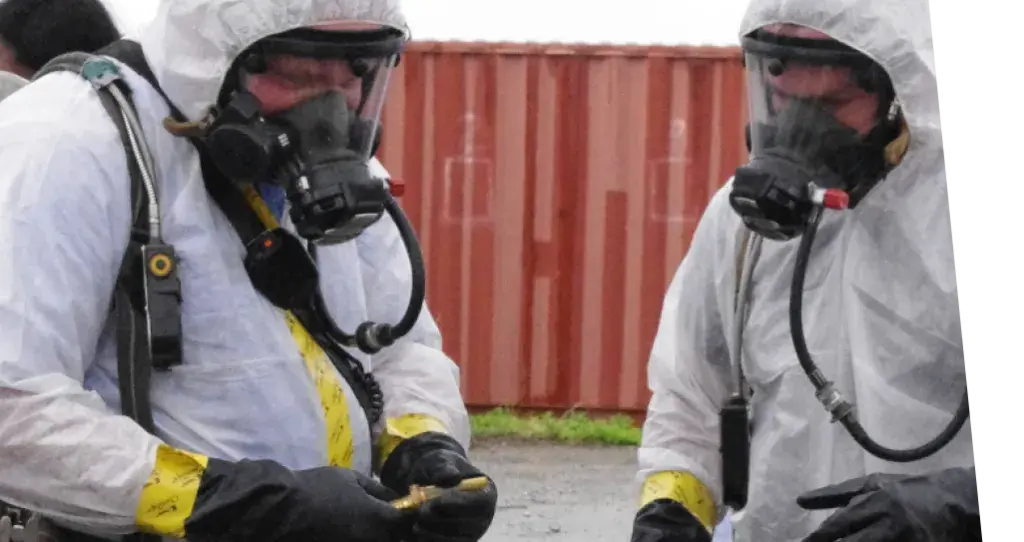 S&T helps responders identify the right tools for the job
S&T helps responders identify the right tools for the job
- The System Assessment and Validation for Emergency Responders (SAVER) program evaluates available responder technology on affordability, usability, and other criteria to help agencies understand which equipment will best fit their needs.
- The Operational Experimentation (OpEx) program lets responders test new technologies in real-world settings, and provides developers with direct feedback on how their products can better meet operational needs (pictured).
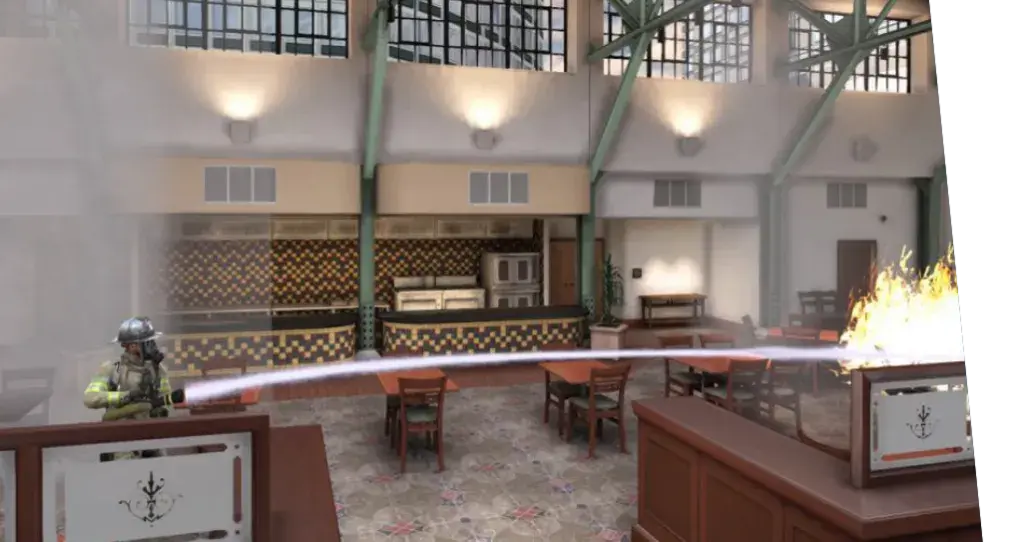 S&T develops training resources focused on evolving threats
S&T develops training resources focused on evolving threats
- The Enhanced Dynamic Geo-Social Environment (EDGE) training platform is a free virtual tool that allows responders to practice responding to an active shooter incident, whether within a single agency or with multiple jurisdictions and disciplines (pictured).
- The National Urban Security Technology Laboratory (NUSTL) provides responders with technology assessments and evaluates their operational use during real-world exercises designed to improve preparedness and response.
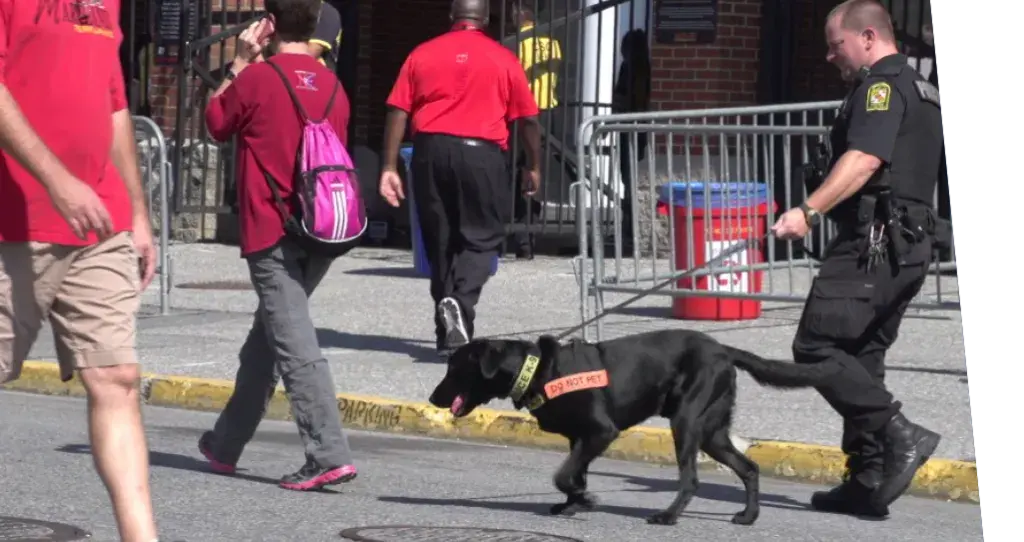 S&T improves threat-detection capabilities
S&T improves threat-detection capabilities
- The Surface Transportation Explosives Threat Detection (STETD) program is developing screening technology that can identify potential threats on people and in their bags without physically interacting with them.
- The Explosives Detection Canine program helps detection canine teams identify new explosive compounds through non-hazardous training aids and increase their proficiency through realistic self-assessment and training events across the country (pictured).
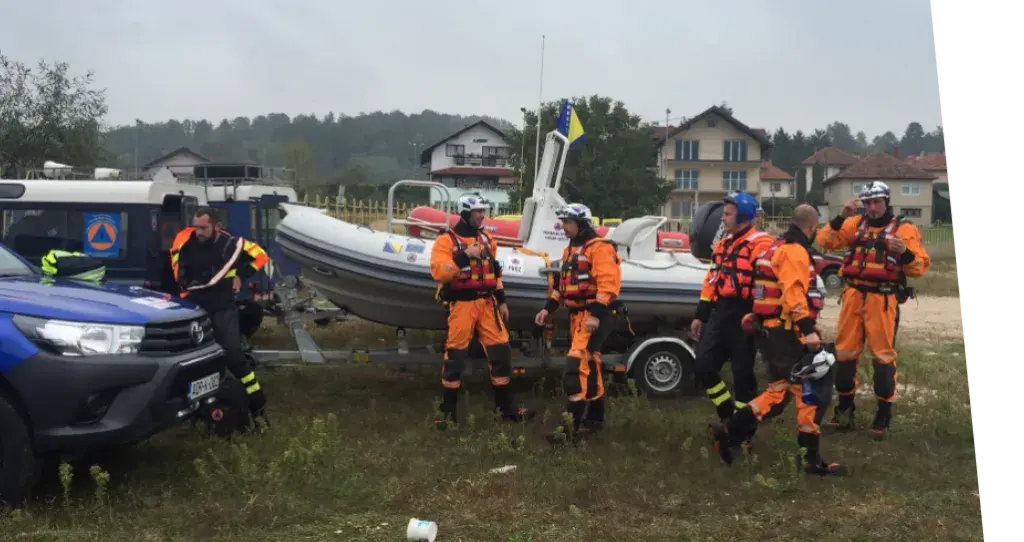 S&T makes it easier to share information
S&T makes it easier to share information
- The Datacasting project helps responders send encrypted video, data files, and other critical information through existing public broadcast television signals, which helps prevent other communication channels from being overwhelmed.
- The Next-Generation Incident Command System (NICS), a web-based platform, allows responders to share data and request assistance in real-time, and also allows officials to observe and make critical decisions during evolving situations to better support preparation, response, and recovery (pictured).
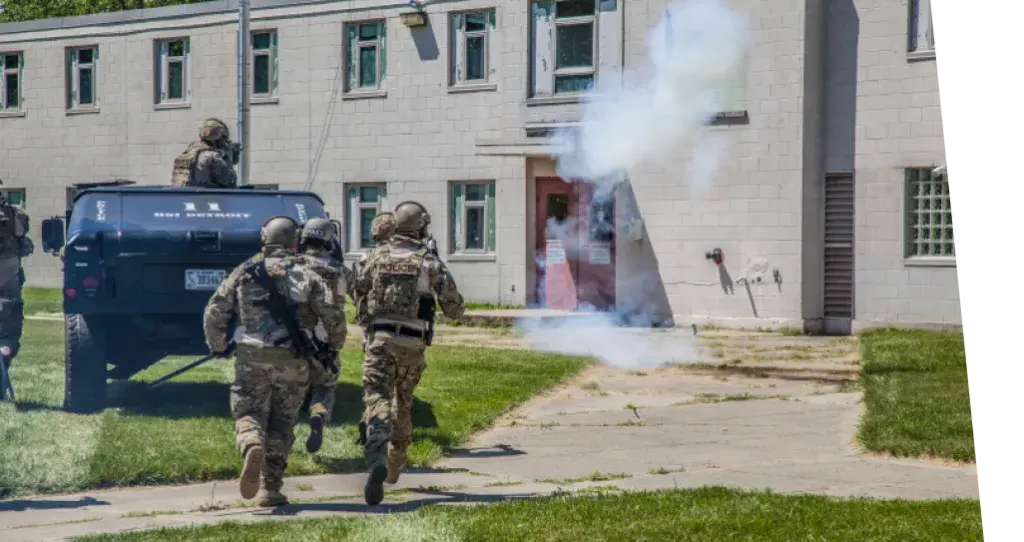 S&T helps improve responder situational awareness
S&T helps improve responder situational awareness
- The Android Team Awareness Kit (ATAK), a free app, helps responders visually track team members and assets in real time during an incident, as well as share encrypted data across jurisdictions, disciplines, and components (pictured).
- The Assistant for Understanding Data through Reasoning, Extraction and Synthesis (AUDREY) platform will help responders overcome information overload by providing actionable insight based on up-to-the-minute sensor data.
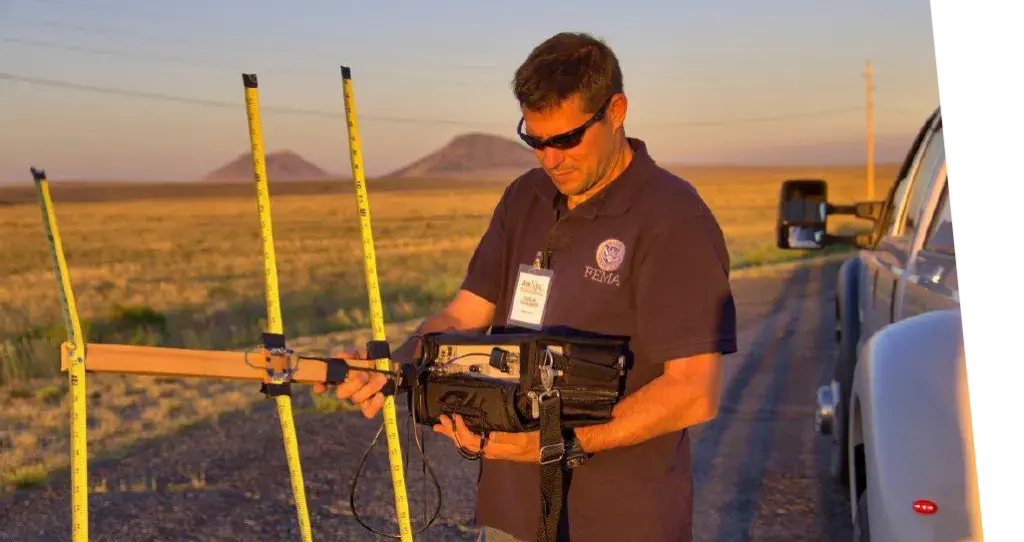 S&T protects responder communications
S&T protects responder communications
- The First Responder Electronic Jamming Exercise (Jam-X) identified mitigation tactics against intentional or accidental communications jamming, which responders were able to practice implementing in realistic scenarios (pictured).
- The Telephony Denial of Service (TDoS) program is helping improve 911 emergency call centers’ ability to defend against TDoS attacks through cyber security technologies that can analyze incoming calls and determine potential threats in real time.
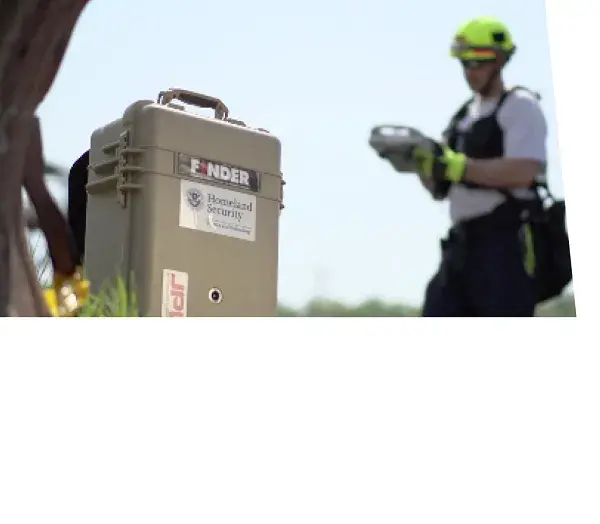 S&T helps responders locate and identify victims and potential suspects
S&T helps responders locate and identify victims and potential suspects
- The Finding Individuals for Disaster and Emergency Response (FINDER) is capable of detecting human heartbeats under up to 30 feet of rubble, which helps responders more effectively target rescue efforts (pictured).
- The Rapid DNA technology can complete a DNA test within 90 minutes or less from the field, which helps officials identify victims and inform family members in a timely manner.
- The Forensic Video Exploitation and Analysis (FOVEA) tool helps responders quickly analyze video to identify potential suspects by allowing users to tag a person to a left-behind item and reconstruct that individual’s path across multiple camera views.

S&T is the primary research and development arm for DHS’s operational components and the nation’s first responders. S&T helps improve the safety and effectiveness of homeland security professionals by developing innovative solutions with public and private sector partners. Our approach involves:

S&T relies on partnerships with industry, academia and technology developers to continue providing next-generation solutions that improve responder safety and effectiveness. If you’re interested in helping strengthen the nation’s homeland security, visit our Work with S&T page to discover the many ways to work with S&T. Then, check out the rest of our website and follow S&T on Facebook, Instagram, X, YouTube, and LinkedIn for the latest updates on our work. Download a printable version of this page now.



